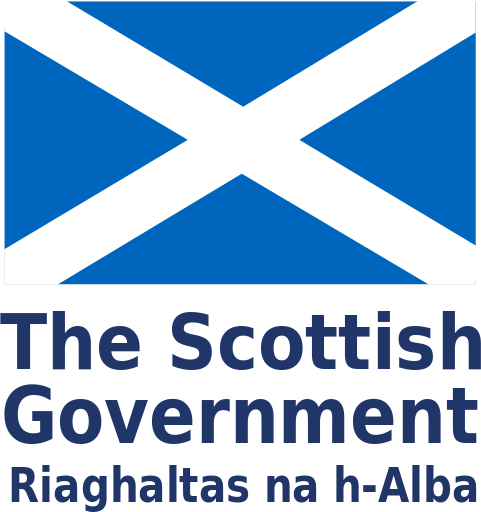Having completed of this module, you will now:
Supported communication
- Understand what supported communication is and how to use with someone who has aphasia.
- Know about the level of disability that arises for an individual who requires support with communication.
- Be able to recognise the most appropriate resources and strategies to use with an individual to support their specific communication needs.
Right hemisphere communication difficulties
- Understand the specific communication difficulties that occur after a right hemisphere stroke.
- Know about the appropriate strategies and resources to use with someone who has right hemisphere communication difficulties.
- Be aware of the social, psychological and emotional consequences that occur due to a right hemisphere communication difficulty and how they affect the individual and their family/carers.
Living with a communication difficulty
- Understand how the communication difficulties aphasia and dysarthria impact on everyday life for an individual and their family/carers.
- Know about the resources, support networks and equipment available to live with a communication difficulty.
- Understand the longer term issues of living with a communication difficulty such as employment, leisure activities and psychological adjustment.
You have reached the end of this conclusion. What do you want to do next?.
Page last reviewed: 17 Jul 2023


